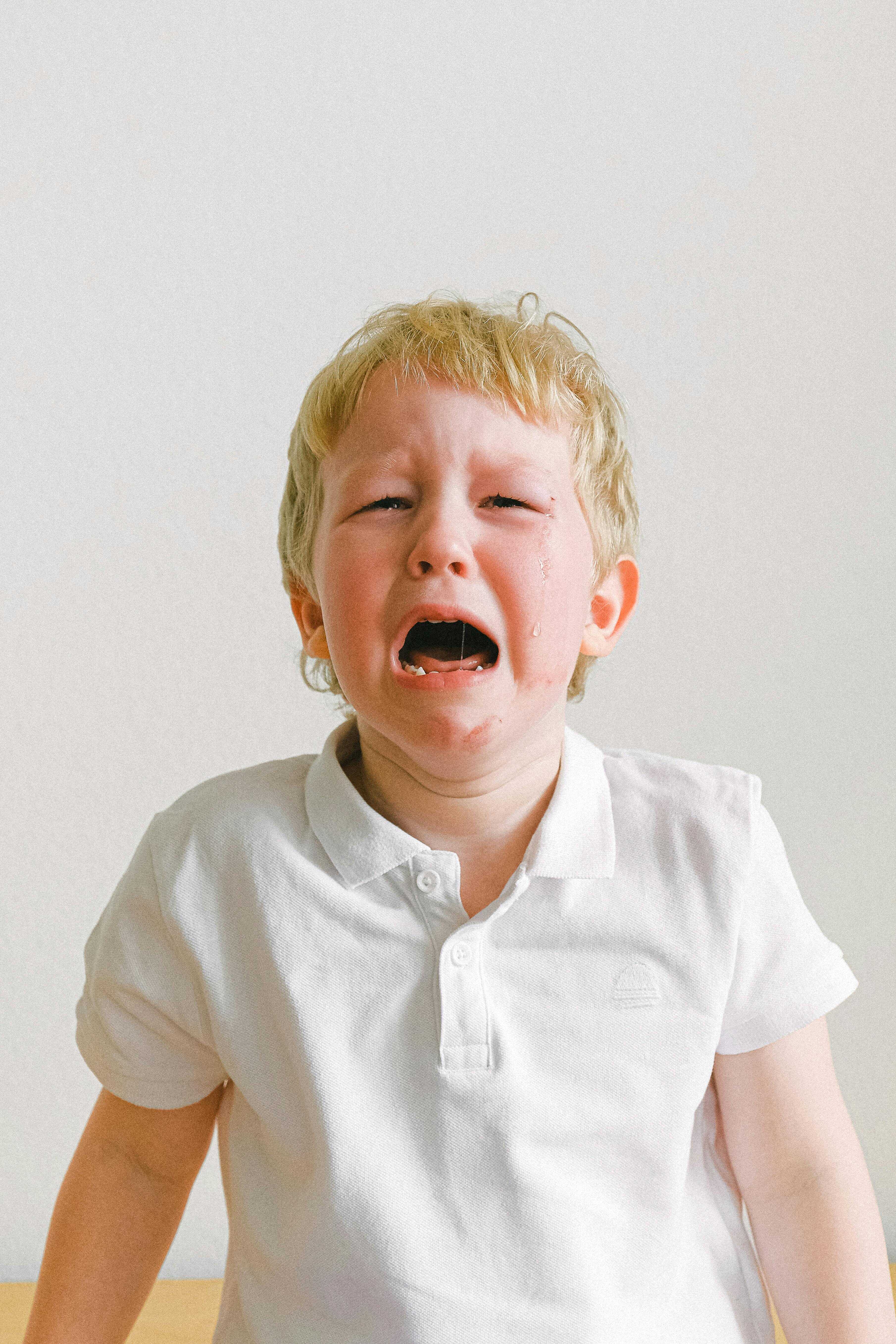Is It the Terrible Twos or Something More? Understanding Your Toddler’s Behavior

The toddler years can be a whirlwind of sweet moments, developmental leaps, and, yes, some challenging behaviors. When your once-cooperative little one starts exhibiting meltdowns, resistance, or even physical outbursts, it’s natural to wonder, Is this normal?
For many parents, these behaviors are a hallmark of the “Terrible Twos”—a developmental stage where toddlers begin to assert their independence, often in ways that feel overwhelming. Let’s unpack this phase, explore why these behaviors happen, and discuss practical strategies to help manage typical terrible twos toddler behavior.
Why Toddlers Act This Way
1. Developing Independence:
Around age two, children begin to realize they have their own opinions and preferences. This newfound awareness can lead to power struggles as they test boundaries and explore their autonomy, showcasing classic terrible twos toddler behavior.
2. Limited Communication Skills:
Even though your toddler may know how to ask for things, expressing frustration or disappointment when things don’t go their way is still a challenge. Screaming or throwing things can become their default reaction because they lack better tools to communicate their feelings.
3. Emotional Regulation:
At this age, toddlers don’t have the ability to self-regulate their emotions effectively. A seemingly minor trigger—like handing them the wrong-colored cup—can feel monumental to them and lead to typical terrible twos toddler behavior.
4. Physical Discomfort:
Developmental milestones like teething (especially molars) can heighten irritability. Add sickness into the mix, and it’s no surprise your little one’s patience runs thin.
Is It Normal?
Yes, this behavior is typical for toddlers! While it can be hard to manage, these moments are part of your child learning how to navigate the world and manifesting those challenging terrible twos toddler behaviors. However, if behaviors seem extreme, persist beyond this stage, or include unusual symptoms (e.g., lack of eye contact, delayed speech, or repetitive actions), it might be worth discussing your concerns with a pediatrician.
When to Seek an Evaluation
If you feel like something is off, trust your instincts. Take your child for an evaluation. It can’t hurt—and early intervention is a good thing! Early intervention has been shown to:
• Improve Developmental Outcomes: Children who receive support early often overcome challenges faster.
• Provide Clarity: An evaluation can help identify any underlying developmental or behavioral concerns, including those contributing to terrible twos toddler behavior.
• Offer Tailored Resources: Programs like speech therapy, occupational therapy, or play therapy can be personalized to meet your child’s unique needs.
How to Navigate the “Terrible Twos”
1. Offer Choices:
Empower your toddler by giving them a sense of control. Instead of saying, “Here’s your lunch,” try, “Do you want a sandwich or pasta?” Choices make them feel included in the decision-making process, mitigating some aspects of terrible twos toddler behavior.
2. Use a Digital Timer:
Transitions are a major trigger for tantrums. A digital timer can be a game-changer. For example:
• “In two minutes, we’ll change your diaper.”
• “In two minutes, it’s time to eat dinner.”
This prepares your toddler for what’s coming, making transitions less abrupt and easier to handle.
3. Set Clear Boundaries:
If your child throws food or toys, calmly remove the item and say, “We don’t throw things. You can try again later.” Reintroduce the item at the next appropriate opportunity. Consistency helps reinforce acceptable behavior.
4. Validate Feelings, Stay Calm:
Acknowledge your child’s emotions without giving in to negative behavior. For example:
• “I see you’re upset because you didn’t want the apple. It’s okay to feel frustrated, but we don’t throw food.” This helps address the emotions behind those terrible twos toddler behaviors.
5. Distraction and Engagement:
Redirect their energy toward something positive. If they’re fixating on a tantrum, suggest a favorite activity or read a book together.
6. Prioritize Self-Care:
When your toddler is sick, their behavior can feel amplified, making it even more important to carve out moments for your own rest and recovery.
A Word on Teething
If your toddler seems particularly irritable, teething could be to blame—especially molars, which often erupt around this time. Offer cold teethers, soft foods, or consult your pediatrician for pain relief options.
Final Thoughts
Your toddler’s behavior—while frustrating at times—is a normal part of their development. They’re learning to navigate emotions, assert independence, and understand boundaries. If you approach the phase of terrible twos toddler behavior by staying calm, consistent, and empathetic, you’re teaching them the skills they’ll need to grow into emotionally healthy individuals.
If you ever feel concerned, seeking an evaluation is a proactive step that ensures your child gets the support they need to thrive. Early intervention programs can be life-changing, providing the tools and resources to help your child reach their full potential.
Remember, you’re not alone in this journey. Lean on other parents for support, share strategies, and know that this phase, like so many others, will pass. For now, cherish those sweet moments and know that you’re doing an amazing job guiding your little one through this critical stage of development.









